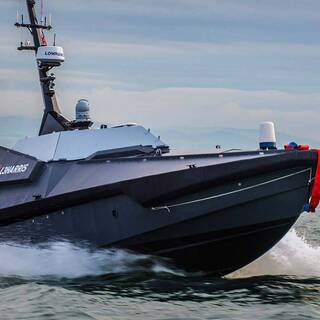Requirements
Our customer identified shortfalls in their training provision, and recognised that there were opportunities to exploit artificial intelligence, autonomy and simulation in future training.
Solutions
Our team helped to develop the customer’s understanding of a better understanding of requirements, identified opportunities for addressing these, and made recommendations for supporting future training provision using Artificial Intelligence, Autonomy and Simulation.
Our team conducted virtual workshops attended by subject matter experts. This gleaned a large amount of data which helped to define a series of problem statements.
Our initial research identified multiple gaps and issues with training provisions across services. There were also significant discrepancies in the accounts of learners, which further supported the assertion that there were inconsistencies in how the training was approached, designed and delivered.
Specific scenarios, where the exploitation of artificial intelligence, autonomy and simulation would add value to training, were also identified. This provided opportunities for reducing training costs.
Success criteria were discussed and agreed with the customer.
This provided a metric by which to understand whether our team’s proposed solutions had addressed the problem statements, and the extent to which they were likely to make a positive impact on learners.
Benefits
Our team’s work produced a host of evidence-based recommendations to the customer.
This included a recommendation for a centralised training architecture, development of a cloud-based repository to store training content, and the introduction of a data management system with the capability to support behavioural insights.
This will lead to a better understanding of learner experience, thus informing future training design and delivery.




